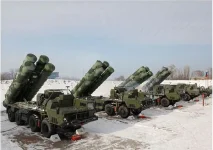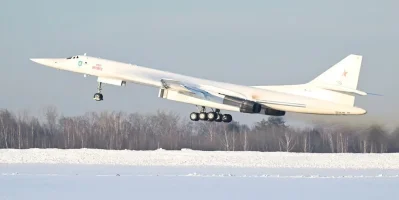- Views: 3K
- Replies: 21

India and Russia are reportedly close to finalizing a major defence deal for an advanced early warning radar system with a detection range exceeding 6,000 kilometers. According to a report by The Sunday Guardian, the deal, valued at over $4 billion, is in the final stages of negotiation and reflects India's commitment to strengthening its air defence and missile tracking capabilities.
A delegation from Almaz-Antey, a leading Russian defence company specializing in air defence and radar systems, recently visited India to further the discussions. The ten-member team, led by Deputy Chairman Vladimir Medovnikov, held meetings in New Delhi and Bengaluru with Indian offset partners who will play a crucial role in manufacturing and technology transfer under the "Make in India" initiative.
The radar system under consideration is believed to be part of Almaz-Antey's Voronezh series, a state-of-the-art early warning radar designed to detect ballistic missiles, aircraft, and other aerial threats. With a detection range of 6,000 to 8,000 kilometers, depending on the specific model and frequency band, this system is a critical component of Russia's missile defence and space surveillance network.
While it remains unclear whether India will acquire an existing Voronezh radar or a custom-upgraded version, the system's capabilities would place India alongside global powers like the United States, China, and Russia, which currently operate similar long-range radar systems.
In line with India's defence localization strategy, at least 60% of the system is expected to be manufactured domestically by Indian partners. This not only strengthens India's defence industrial base but also ensures cost-efficiency and technological self-reliance.
Chitradurga, Karnataka, known for its existing defence and aerospace testing facilities, is likely to be the site for the radar system's installation. Its strategic location and existing infrastructure make it well-suited for housing such a critical asset.
Acquiring a radar system with such an extensive range will significantly enhance India's missile defence and early warning capabilities. It will allow India to detect and track ballistic missile launches and other aerial threats from much greater distances, providing valuable time for response and mitigation.




